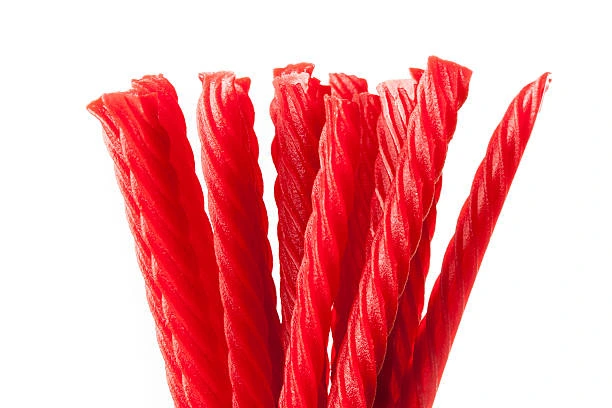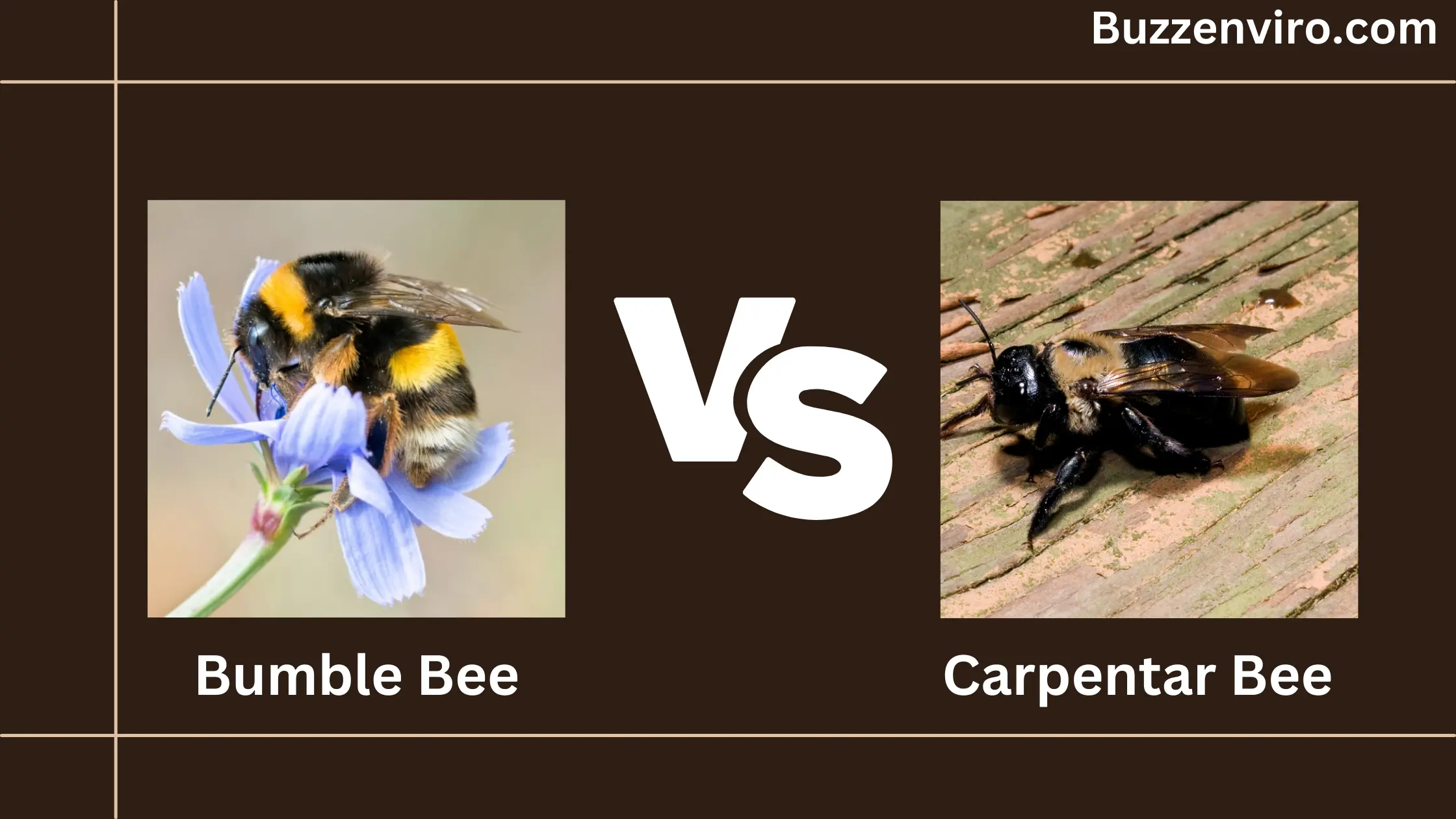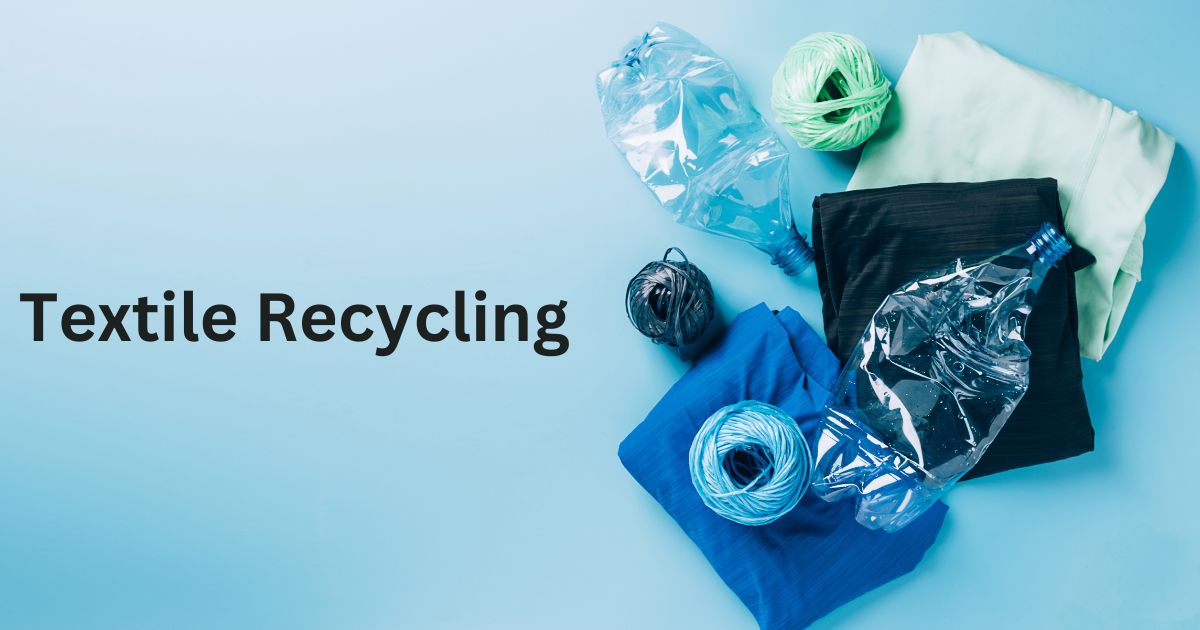Viscose fabric, also known as rayon, is a popular textile choice in the fashion industry due to its softness, comfort, and luxurious feel. It has a unique ability to mimic the texture of natural fibers like silk or cotton, all while being more affordable. But what exactly is viscose, and what should you know about its types, environmental impact, care, and more? This guide will cover everything you need to know about viscose fabric, including how it’s made, its benefits and drawbacks, and how to properly care for it.
What is Viscose Fabric?

Viscose is a semi-synthetic fiber derived from natural cellulose, typically sourced from wood pulp or bamboo. Unlike natural fibers like cotton or wool, viscose undergoes a chemical process that turns the cellulose into fibers suitable for weaving into fabric. Despite being chemically processed, viscose retains many of the desirable qualities of natural fibers, making it a popular fabric for clothing, home textiles, and upholstery.
How is Viscose Fabric made?
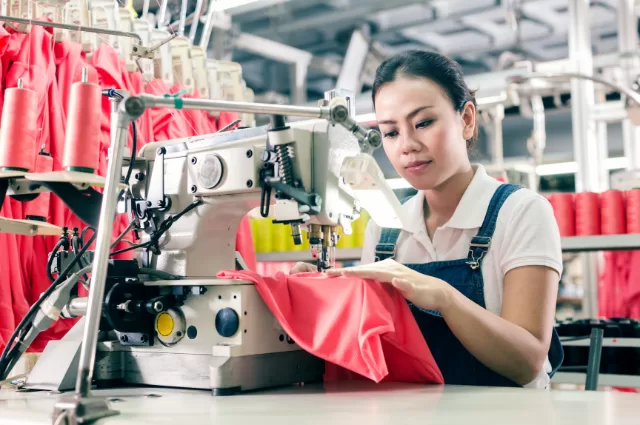
The production of viscose fabric involves several steps that convert raw materials (typically wood or bamboo) into the silky, smooth fabric we know and love. Here’s a breakdown of the process:
1. Sourcing the Raw Material
Viscose is primarily made from wood pulp (e.g., pine, eucalyptus) or bamboo, which are rich in cellulose. These materials are sourced from sustainably managed forests or plantations.
2. Steeping and Purification
The cellulose is steeped in a sodium hydroxide solution (caustic soda) to remove impurities and break down the material into a gel-like substance.
3. Xanthation and Aging
The cellulose is then treated with carbon disulfide, creating cellulose xanthate. This compound is essential for the process of dissolving the cellulose into a viscous liquid.
4. Dissolving into Viscose Solution
The cellulose xanthate is dissolved in a dilute sodium hydroxide solution to create the viscose solution, a key liquid form for spinning fibers.
5. Spinning the Fiber
The viscose solution is extruded through a spinneret, creating threads that are hardened in a bath of sulfuric acid, solidifying them into fibers.
6. Washing, Bleaching, and Drying
The fibers are washed, sometimes bleached, and then dried to remove any remaining chemicals.
Types of Viscose Fabric
Viscose is a versatile fabric that comes in different variations, each with its own unique qualities:
- Standard Viscose (Rayon)

This is the most common form of viscose, used in a wide range of garments and home textiles.
- Bamboo Viscose

Made from bamboo pulp, this type of viscose is marketed as more eco-friendly since bamboo is a fast-growing, renewable resource.
- Modal
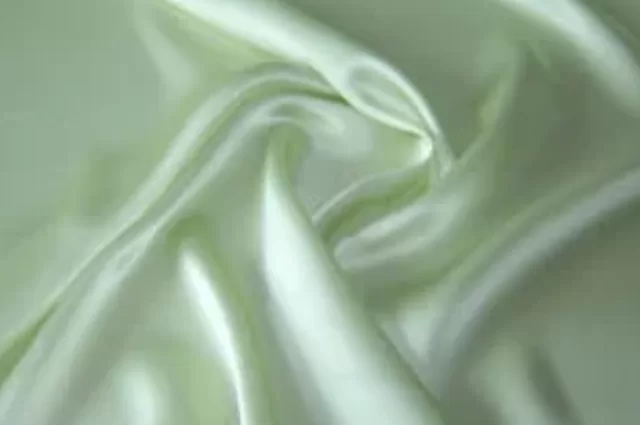
A type of viscose made from beechwood, modal is softer, more durable, and resistant to shrinking compared to regular viscose.
- Lyocell (Tencel)
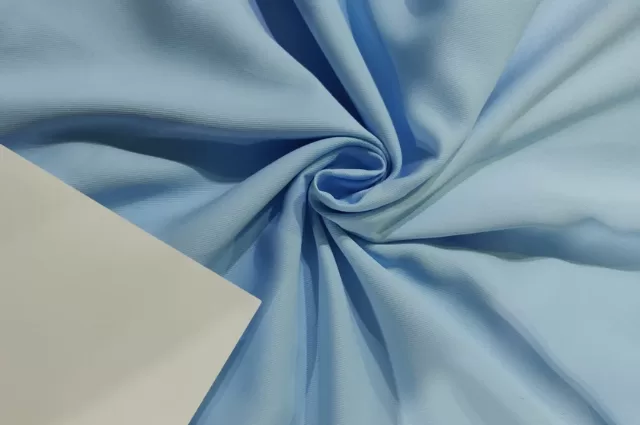
Known for its sustainable production process, Lyocell is produced using a closed-loop method that recycles water and chemicals. It’s durable, breathable, and hypoallergenic.
- HWM Viscose (High Wet Modulus)
This type of viscose is treated to increase its strength, making it suitable for activewear and sportswear.
Environmental Impact of Viscose Fabric
The environmental impact of viscose is often debated. While it’s derived from natural materials, the production process involves the use of chemicals, which can be harmful if not managed properly. Here’s a closer look at the environmental aspects:
- Deforestation Concerns:
Viscose fabric is made from wood pulp, and if not sourced sustainably, this can contribute to deforestation. However, many manufacturers are now turning to FSC-certified wood, which ensures that the trees used come from responsibly managed forests.
- Chemical Use:
The process of turning wood pulp into viscose fabric involves toxic chemicals like carbon disulfide, which can be harmful to both workers and the environment if not properly contained. Some eco-friendly alternatives, like Lyocell, have a more sustainable production process with less chemical waste.
- Water Consumption:
The production of viscose requires significant water usage, and without proper recycling systems, this can strain local water resources.
Despite these environmental challenges, brands are increasingly exploring more sustainable practices, such as using bamboo or closed-loop systems to minimize waste.
Also Read:- 10 Eco-friendly Products for a Plastic free life
Does Viscose Shrink?
Viscose fabric is more delicate than many other fabrics, and its behavior when washed can be tricky. Here’s the scoop on whether viscose shrinks:
- Shrinking Potential: Yes, viscose can shrink, especially if it’s exposed to heat or moisture. The fibers can absorb water and swell, which may lead to a change in size and shape. To avoid shrinkage, it’s important to handle viscose garments with care.
How to Care for Viscose Fabric
Viscose requires some special care to maintain its appearance and prevent damage:
- Wash with Cold Water:
Always hand wash or machine wash viscose garments in cold water to minimize the risk of shrinking.
- Avoid Wringing:
Never wring out viscose fabric after washing, as this can distort the fibers. Instead, gently press out excess water.
- Air Dry:
Hang or lay flat to dry, and avoid using a tumble dryer to prevent shrinkage.
- Iron on Low Heat:
If necessary, iron viscose while it’s slightly damp or use a pressing cloth to protect the fabric from direct heat.
- Store Carefully:
Store viscose garments in a cool, dry place to prevent creases or stretching.
Conclusion: Is Viscose Fabric Right for You?
Viscose is a beautiful and versatile fabric that combines the softness and sheen of natural fibers with the affordability of synthetics. While it has a number of advantages, such as comfort, breathability, and a luxurious appearance, it also comes with some challenges, including its tendency to shrink, wrinkle, and lose durability over time. If you take the necessary steps to care for your viscose garments and choose more sustainable options like bamboo viscose or Lyocell, you can enjoy this fabric’s many benefits while minimizing its environmental impact.
Whether you’re looking for a silk-like fabric on a budget or a breathable material for summer wear, viscose is a fabric that can serve your needs—just be sure to handle it with care!


